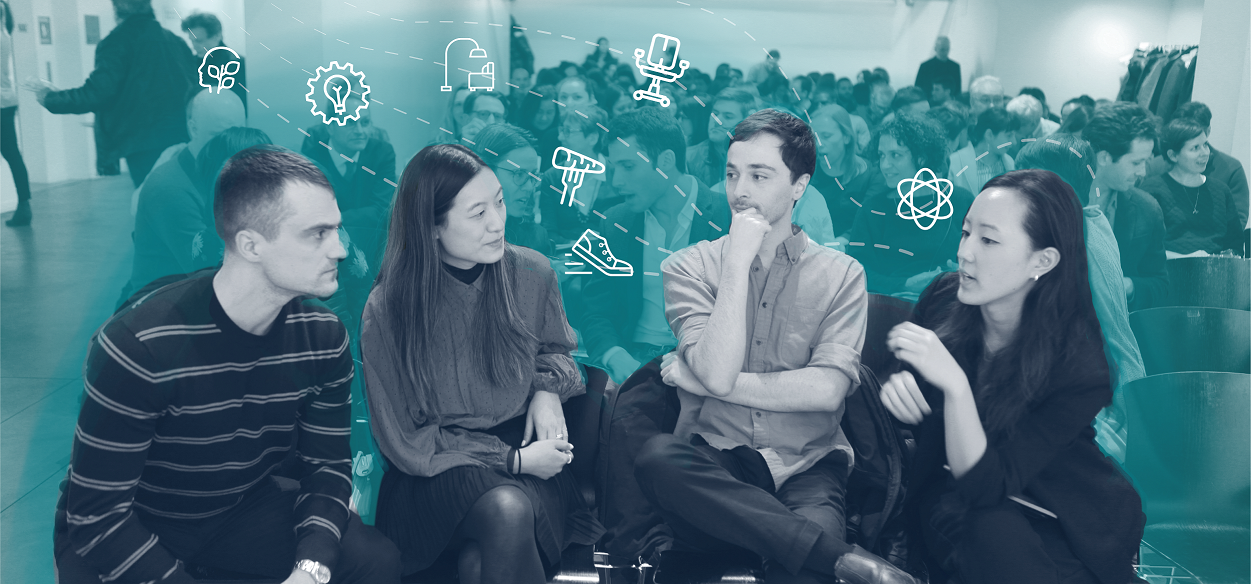-
March 28, 2019Proof: The Power of Social Research in Design
 AIANY's Social Science and Architecture hosted a panel on tools and technology (March 5, 2019)
AIANY's Social Science and Architecture hosted a panel on tools and technology (March 5, 2019)by Diana Mosher
On March 5, the AIANY Social Science and Architecture Committee hosted Proof: The Power of Social Research in Design. This multidisciplinary panel facilitated by PLASTARC Founder and Executive Director Melissa Marsh explored new quantitative and qualitative tools available to designers, as well as ways that social science research can be embedded into the design process.
Arlene Ducao is a Principal at the DuKode Studio, a scientific and environmental design firm in Brooklyn, and the CEO and cofounder of Dukode’s affiliate company Multimer. Multimer provides tools that enable organizations to conduct research and fill in gaps in data. Using a simple kit and common wearables like smartwatches and heart rate straps, designers can collect, visualize, and analyze geolocated biosensor data. As that data is collected, designers can monitor it in real time on Multimer’s platform. This can be useful for delving into outdoor experiences, examining workplace strategies, or studying design in virtual space.
Stephanie Park, Senior Lead Strategist at WeWork, draws from her multidisciplinary background and expertise in design, psychology, and data science as she leads immersive research to create an ideal user experience. Her work sits at the intersection of architecture and cognitive psychology, to studying how building performance affects people and vice versa. She warned that technology doesn’t always reveal the whole story. Attendees learned how to avoid costly mistakes that can occur when making assumptions about client culture based solely on data.
Danil Nagy is Product Innovation Manager at Silverstein Properties, where he leads the development of technology to enhance and transform Silverstein’s business. Nagy described an automated tool created for a developer in Japan that helps the sales team find vacant lots and pitch development projects to the owners. Automation allows the developer to grow their business by increasing both the quantity and quality of the proposals that they can offer. Nagy also shared some thoughts about how to avoid over-engineered systems and how to maximize human comfort by minimizing resource usage.
The panel concluded with a look at some exciting advances in tools and automation. Emerging technologies such as computer vision, data mining, learning cloud computing, and generative design have enabled us to get closer to Negroponte’s vision of a future where human designers and intelligent machines assist each other in creating a better built environment.
Social Science and Architecture
The Social Science and Architecture Committee was formed in January 2016 with the goal of bringing together professionals and students from architecture, social science, and other fields to discuss, collaborate, and facilitate programs for the community. The meeting offers a place to exchange ideas related to social science and architecture, address topics of interest to the attendees, and to plan AIA panels on related topics. The Committee meets monthly and is open to anyone who would like to attend. Meetings are held the fourth Friday of every month from 8:30–10:00 AM.







